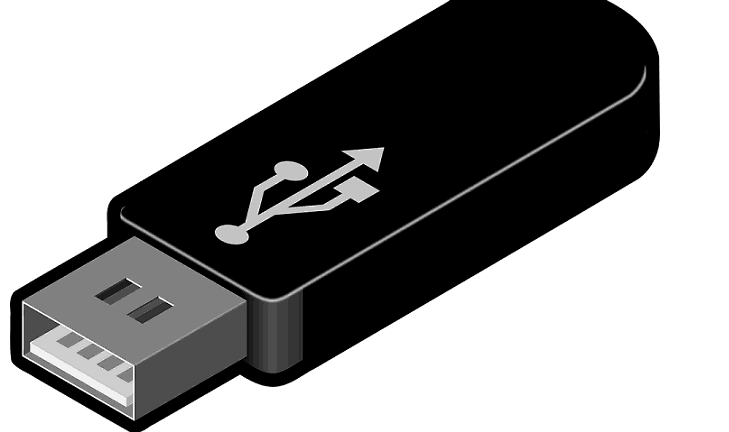
It’s a bit more reliable using a network name than a drive letter.Īfter selecting the NAS drive, return to the File History home screen and if it isn’t automatically turned on, click the Turn on button.

Here you can see that my Buffalo NAS drive has been detected as drive Z:, but I also added it as a network location too. If you don’t see the NAS drive, click Add network location and select it. Click Select drive on the left and after scanning the system, a list of drives is presented. Open the Control Panel and click File History. If you do this, you will then need to access File History in the Control Panel to configure the settings, so you might as well start in the Control Panel in the first place.
Windows 8 usb backup update#
There are two ways to do this and you can do it by going to the charms bar, Settings, Change PC settings, Update and Recovery, File History. Now we need to add the drive to File History and turn it on. You do need to keep the drive on all the time though, or Windows will pop up a message saying it can’t find the drive. If you want to avoid this step in the future, tick the box Reconnect at sign-in. Click the Browse button and find the NAS drive on the network. You are asked what network folder you would like to map. Just open an Explorer window, click Computer to show the ribbon toolbar and click Map network drive. NAS drives may come with software, but actually none is needed.
Windows 8 usb backup how to#
It works with pretty much any storage system, so here is how to use it with a NAS drive. It needs a second drive to work and this can be a USB drive, a second internal drive, a network drive, or a USB flash memory drive. File History is more for restoring missing files, previous versions of files that have been changed, accidentally deleted files and so on.

If a major disk disaster occurred you would have to reinstall Windows, then you could copy your lost files from the backup. It does not create an image of the disk drive that you can restore. It backs up your personal files, which means most of the items in your C:\Users\YourName folder, including your documents, contacts, Internet Explorer Favorites, photos, videos, music and so on.


 0 kommentar(er)
0 kommentar(er)
